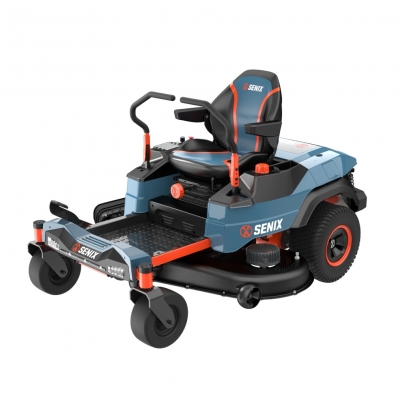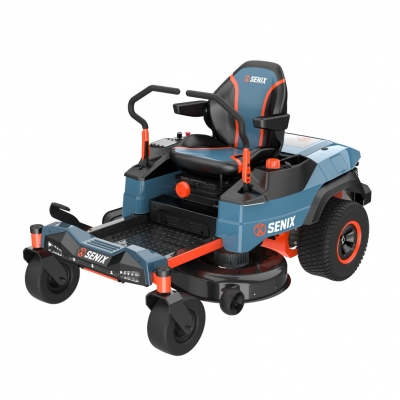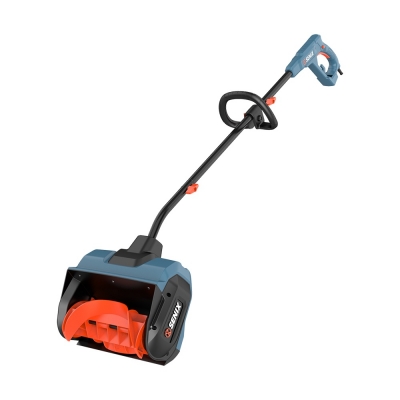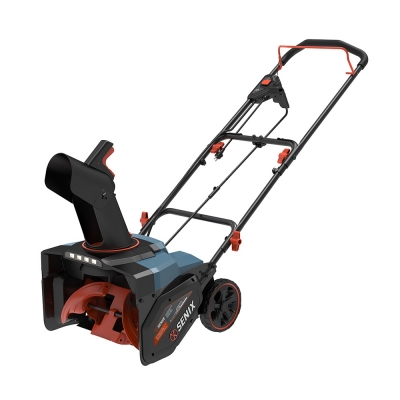Tips for Clearing Snow with Cordless Snow Blowers
Winter snowstorms can quickly pile up and create challenging conditions around homes and driveways. Cordless snow blowers have become popular tools for clearing snow due to their portability, quiet operation, and ease of use compared to gas-powered models.
However, using these devices safely is paramount to avoid injuries and damage. Whether you're a first-time user or looking to improve your technique, understanding the best practices can make your snow removal more efficient and safe.
Prepare the Area Before You Start
Inspect your driveway, walkway, or sidewalk for hidden obstacles such as rocks, branches, or toys that could be thrown by the snow blower's auger. Removing these hazards beforehand prevents damage to the machine and injury to the user. Also, clear any ice patches if possible to reduce slipping risks.
Dress for Protection and Visibility
Wear warm, layered clothing that allows movement without restricting you. Waterproof boots with good traction are essential to prevent slips on icy surfaces. Bright-colored or reflective outerwear improves visibility, especially if clearing snow near roadways or during low-light conditions.
Understand Your Snow Blower's Features and Battery Life
Before heading out, read the manufacturer's manual carefully to familiarize yourself with the controls, safety switches, and charging requirements. Cordless snow blowers rely on battery power, so ensure your battery is fully charged. Carrying a spare battery can help complete larger areas without interruption.
Use Proper Technique to Avoid Injury
Maintain a firm grip on the handles and keep both hands on the machine while operating. Push the snow blower at a steady, controlled pace—rushing can lead to missed spots or uneven clearing, and increase the risk of slips. Avoid reaching into the discharge chute or auger area to clear clogs; always turn off and unplug the machine first.
Be Mindful of Discharge Direction and Nearby People or Objects
Direct the chute away from buildings, vehicles, pedestrians, and pets to prevent damage or injury from flying snow and debris. Adjust the discharge angle as needed to deposit snow where it won't obstruct walkways or create hazards.
Take Breaks to Prevent Fatigue
Operating a snow blower, especially in cold weather, can be physically demanding. Taking short breaks helps maintain focus and reduces the chance of accidents caused by fatigue or numbness from cold exposure.
Store and Maintain Your Snow Blower Properly
After use, clean snow and ice from the machine, especially around moving parts, to prevent corrosion or mechanical failure. Store your cordless snow blower in a dry, sheltered place with the battery removed if possible. Regular maintenance according to the manual will keep the machine running smoothly season after season.
By following these safety tips, clearing snow with a cordless snow blower becomes a more manageable and secure task. Proper preparation, attention to the environment, and respect for the machine's capabilities will protect both you and your property throughout the winter months.


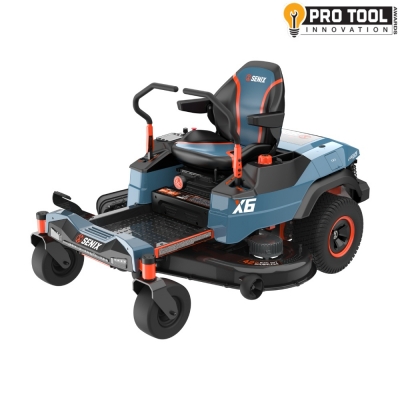
 (5.0)
(5.0)